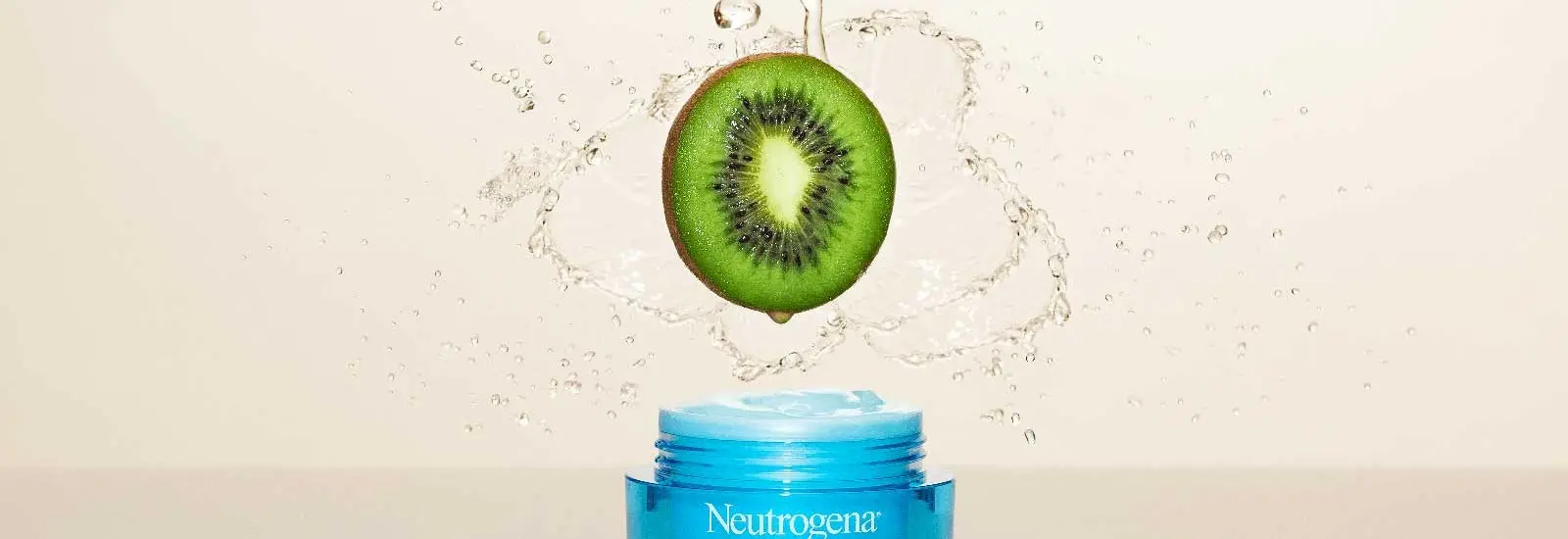What is Stearic Acid?
Stearic acid, also known as octadecanoic acid, is a long-chain fatty acid found in many animal and vegetable fats and oils. And while this ingredient may not be on your radar, stearic acid benefits skincare products and cosmetics in various ways.
For starters, it acts as a surfactant and emulsifying agent to help cleanse the skin and stabilize product formulations. As an emollient, it also moisturizes and softens the skin.
What is Stearic Acid used for?
Stearic acid uses include hardening candies, coating metal powders in fireworks and contributing to candle wax. It's also a multitasking workhorse in your makeup and skincare products.
Emulsifies product formulas
Because stearic acid is an emulsifier, it contributes to skincare products' texture and viscosity, ensuring they feel elegant and are easy to use. Specifically, it makes creams thicker and more easily spreadable.
Acts as a cleansing agent
Cosmeceuticals and Cosmetic Ingredients explains that stearic acid also acts as a cleansing agent in soaps and cleansers. It helps these products provide a rich, creamy lather to gently remove dirt and oil buildup from your skin.
Stabilizes product formulas
Stearic acid also helps stabilize product formulations so they don't separate over time. This allows you to use your products for their full lifespan without them losing consistency.
Supports skin barrier health
There are a few things to know about stearic acid for skin health, too. Most notably, it helps maintain skin barrier function (the skin's outermost layer that keeps moisture in and irritants out) by supporting your skin's lipid layer.
As an emollient in lotions and creams, stearic acid is also moisturizing. Emollients help soften and smooth the skin, so it's an excellent ingredient to look for if you have dry skin!
Where does Stearic Acid come from?
According to Cosmeceuticals and Cosmetic Ingredients, stearic acid is one of the most common fatty acids found in nature, and it's been used in cosmetics for hundreds of years. It typically comes from plant and animal sources. These include shea butter, cocoa butter and animal tallow. Shea butter is fat from the shea nut kernel, while cocoa butter is fat from cocoa beans. Animal tallow, meanwhile, usually comes from beef tissue.
French chemist Michel Eugène Chevreul is credited with isolating stearic acid from sheep fat (and giving it its name) in the early 19th century. Today, stearic acid is isolated by hydrolyzing animal fat sources or hydrogenating plant fat sources. Commercial stearic acid is typically mixed with palmitic and myristic acids.
Each source of stearic acid has a distinct combination of fats, resulting in unique skincare benefits. For example, shea butter contains stearic, oleic, linoleic and palmitic fatty acids, along with compounds like tocopherol and phenols, which have antioxidant and anti-inflammatory properties.
How to incorporate Stearic Acid into your skincare routine
Ready to reap stearic acid's benefits? Here are a few tips to get you started with stearic acid in skincare.
Consider your skin type
First, determine if stearic acid is right for your skin type. While stearic acid is generally suitable for all skin types, it may be especially beneficial for dry skin due to its emollient nature and moisturizing properties. If your skin is dry from overwashing or harsh cleansing, using products with stearic acid may help restore moisture to your skin barrier.
Look for it in moisturizers and creams
One of the best places to find stearic acid is in moisturizers and creams. Using these products as part of your daily beauty routine can help maintain skin hydration and integrity. Neutrogena® Norwegian Formula® Hand Cream contains stearic acid and glycerin to help rapidly nourish dry hands so they feel softer and smoother after one use. Do your lips need a little extra love? Neutrogena® Revitalizing Lip Balm SPF 20 can help thanks to its formula with shea butter and stearic acid.
Pair it with other moisturizing ingredients
Give dry skin a one-two punch of moisture by using stearic acid alongside other moisturizing ingredients. For example, Neutrogena® Hydro Boost Water Cream features stearic acid and hyaluronic acid to keep your skin hydrated for up to 72 hours. Stearic acid also plays well with hyaluronic acid and vitamin E in Neutrogena® Hydro Boost Plumping Mascara to help replenish dry, brittle lashes.
Patch test new products
As with any new skincare product, always perform a patch test first to see how your skin responds. This is especially important if you have sensitive skin.





